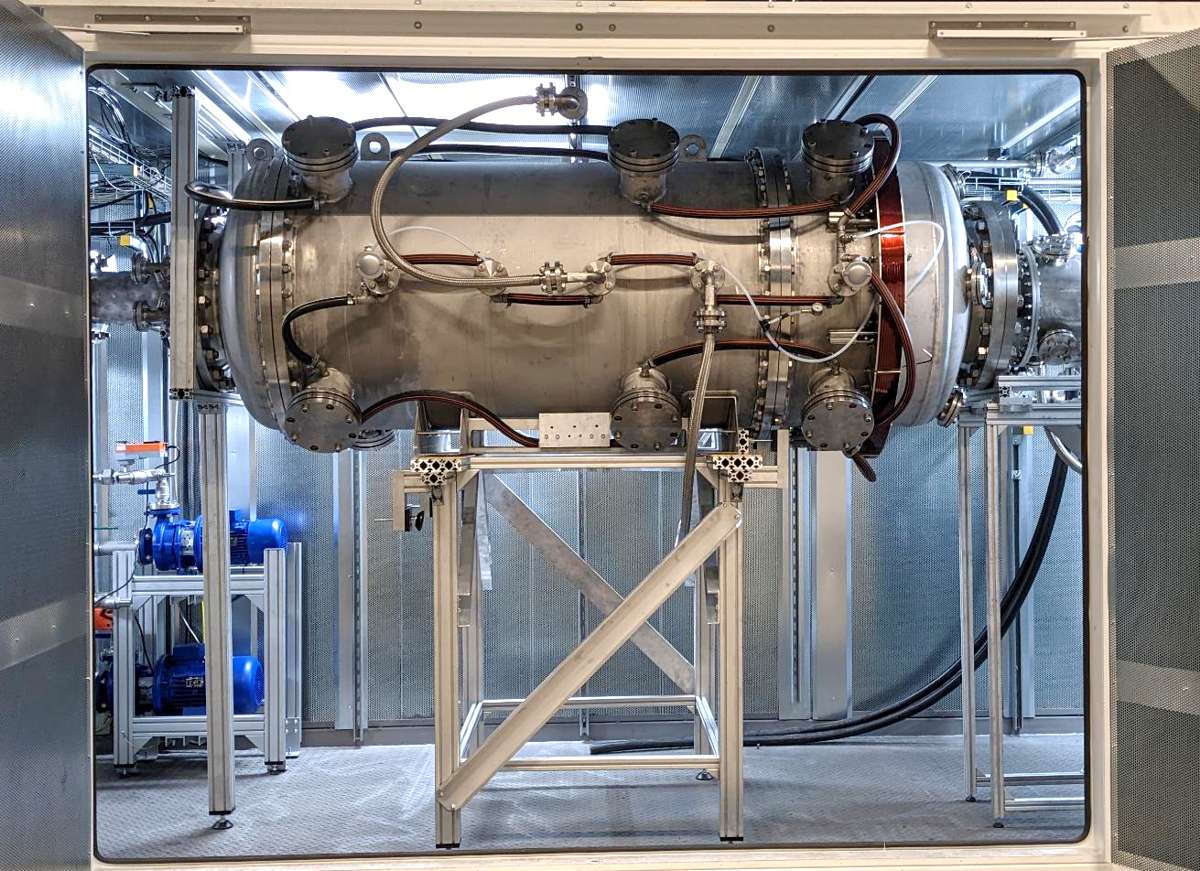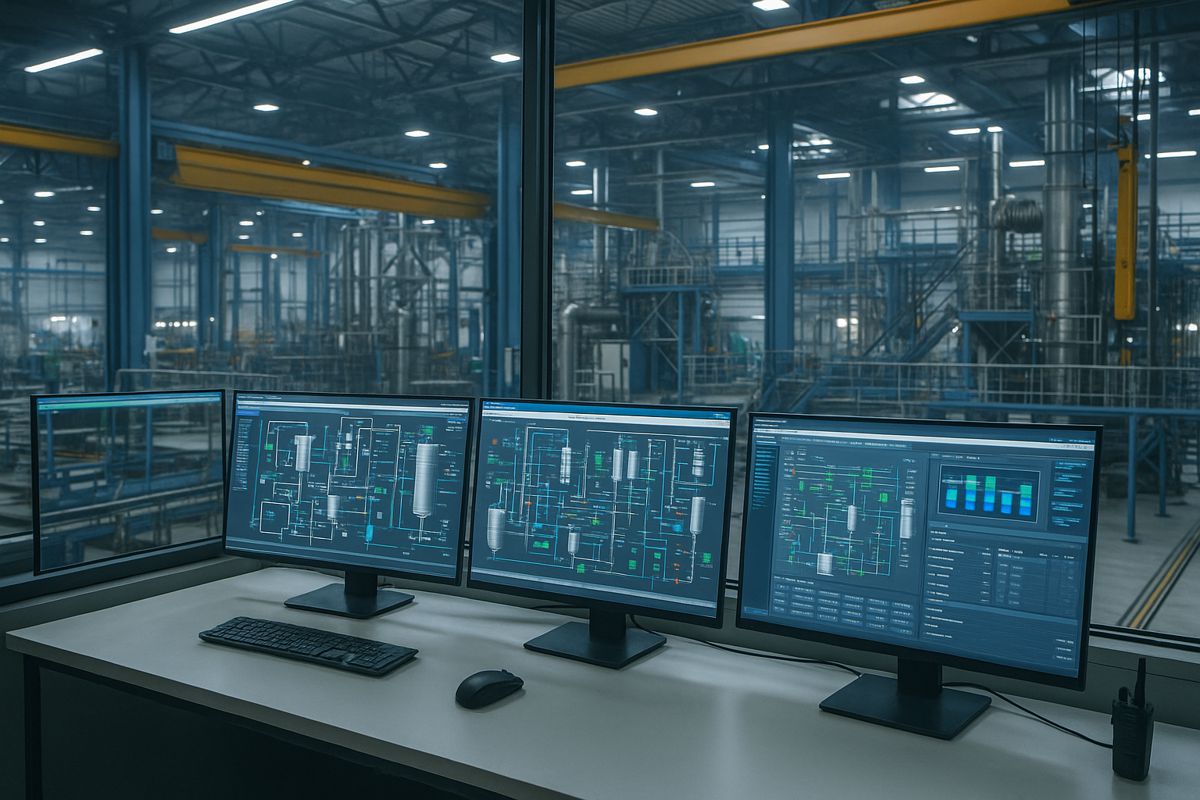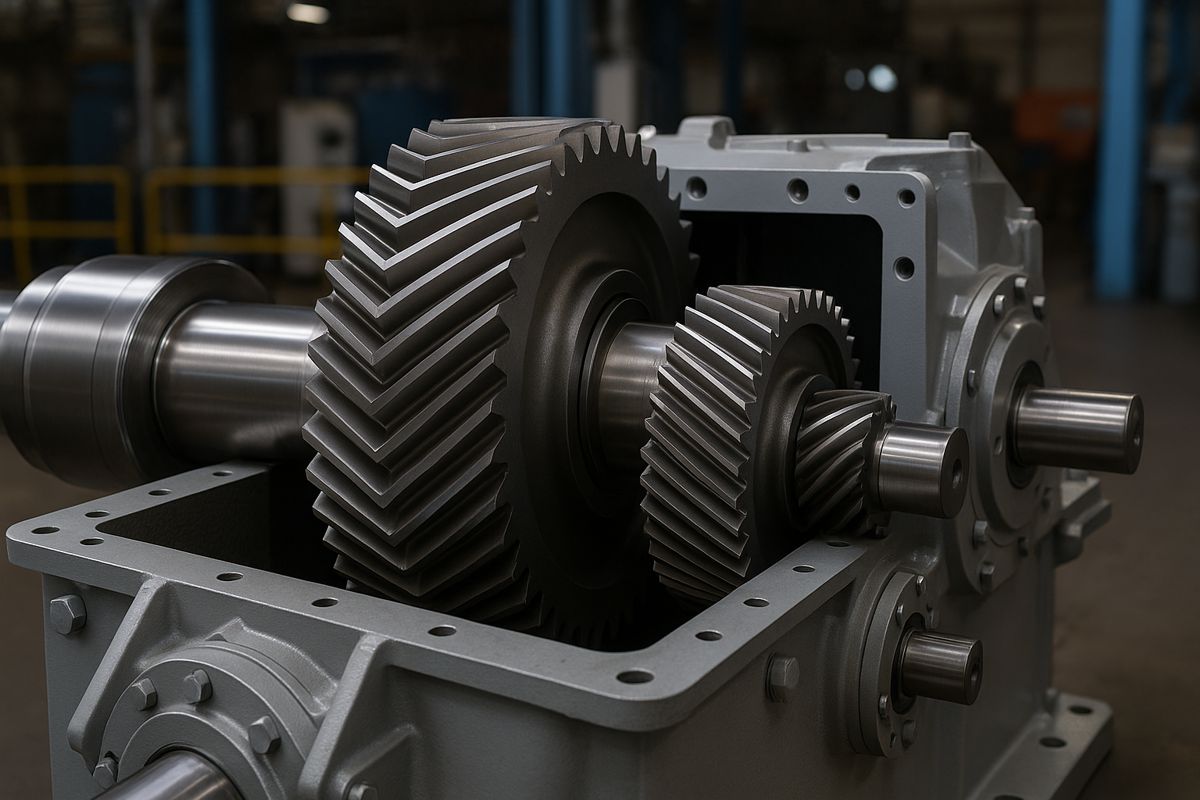Graforce Plasma Technology set to advances Hydrogen Economy and CO2 Removal
Graforce is setting new standards in hydrogen production and carbon dioxide removal with its cross-cutting plasma technology (Plasmalysis).
By harnessing the plasma catalytic effect, a unique property of ionized plasma, this technology significantly enhances chemical reactions’ efficiency and reduces renewable power consumption by 80% compared to conventional hydrogen production methods. Plasmalysis splits natural gas and biogas into hydrogen and solid carbon, and converts ammonia or NH4-liquids into hydrogen and nitrogen.
Beyond energy efficiency, plasma decomposition of hydrocarbons opens up a new pathway for carbon dioxide removal. Converting biomethane into hydrogen and solid carbon allows for the valuable utilization of solid carbon as a byproduct. It can be sequestered in soils and building materials, thus indirectly and permanently removing CO2 from the atmosphere. With a potential CO2 reduction capacity of over 1.5 gigatons per year, roughly 3% of global greenhouse gas emissions, this technology establishes new benchmarks in the global fight against climate change.

To demonstrate the technology’s potential, Graforce has built two facilities in Germany and Austria within industrial settings. Starting from May 2024, these facilities will collectively produce up to 1.2 tons of clean hydrogen daily from both natural gas and ammonia. The produced solid carbon from methane decomposition will be used to enhance agricultural soils.
Jens Hanke, founder and CEO of Graforce, emphasizes the importance of the technology: “Our plasma technology closes crucial material cycles and provides an affordable path to decarbonization, utilizing existing infrastructure and producing CO2-free heat and sustainable hydrogen, leading to a significant reduction in greenhouse gas emissions.”
The broad applicability of plasma technology in areas such as hydrocarbon and ammonia splitting, synthetic methane production, and wastewater treatment underscores its role as a cross-cutting technology. It offers solutions that enhance efficiency and sustainability in key sectors like oil & gas, the chemical industry, energy generation, and mobility.
Graforce collaborates with leading companies in engineering, procurement, and construction to scale modular facilities according to customer needs. To unlock the full technical and commercial potential, Graforce is open to expanding its strategic partnerships to disseminate hydrogen technology worldwide.




















